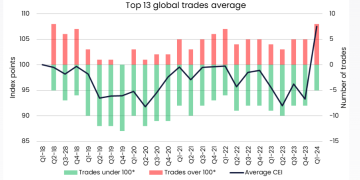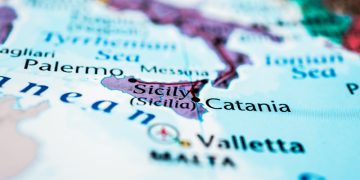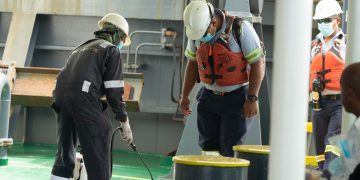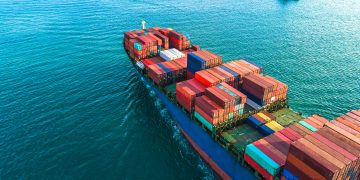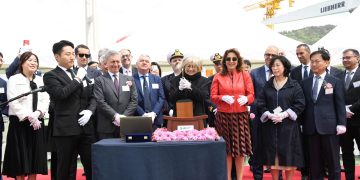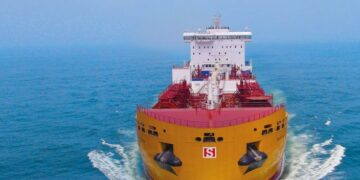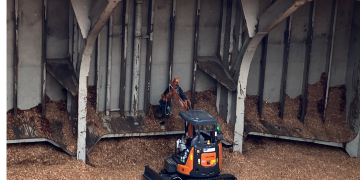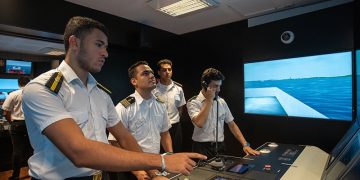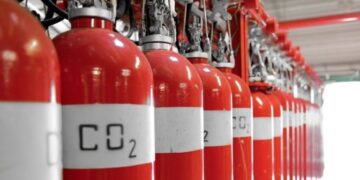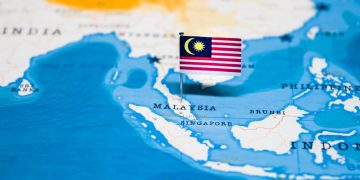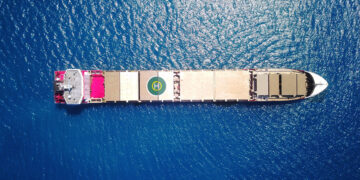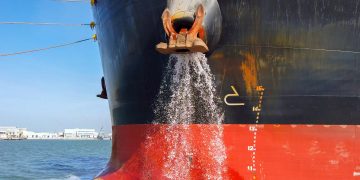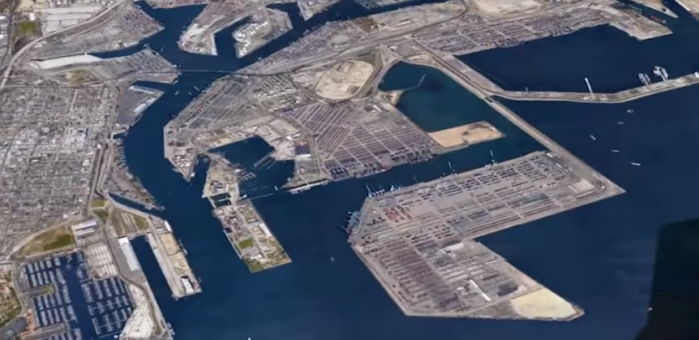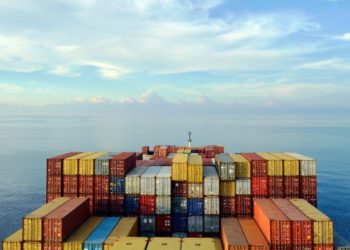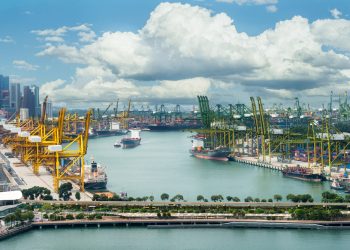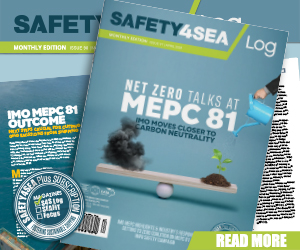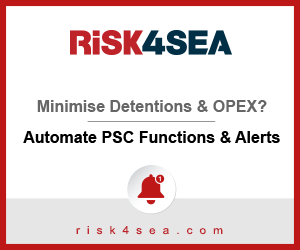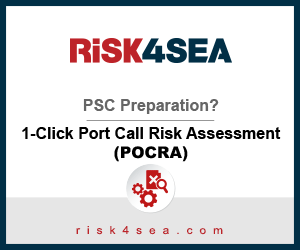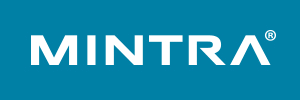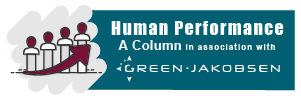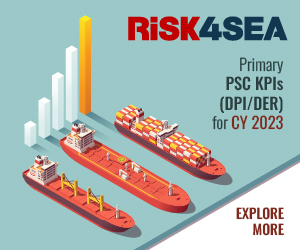The California Air Resources Board (CARB) has preliminarily awarded $41 million dollars to the Port of Los Angeles (POLA) for the Zero-Emission and Near Zero-Emission Freight Facilities (ZANZEFF) project. The total project cost for this initial phase is $82,568,872, with partners providing $41,446,612.
The Zero and Near Zero-Emission Freight Facilities project provides a ‘shore to store’ plan and a hydrogen fuel-cell-electric technology framework for freight facilities to structure operations for future goods movement.
[smlsubform prepend=”GET THE SAFETY4SEA IN YOUR INBOX!” showname=false emailtxt=”” emailholder=”Enter your email address” showsubmit=true submittxt=”Submit” jsthanks=false thankyou=”Thank you for subscribing to our mailing list”]
The initiative has as a target to reduce emissions by 465 metric tons of Greenhouse Gas and 0.72 weighted tons of NOx, ROG and PM10. The Zero-Emission and Near Zero-Emission Freight Facilities project is part of California Climate Investments, a statewide initiative that puts billions of Cap-and-Trade dollars to work reducing greenhouse gas emissions.
The Port of Los Angeles will develop the project in several phases, incorporating initiatives in Southern California, the Central Coast Area, and Merced County.
The first phase will start the change to a new class of goods movement vehicles, while reducing emissions in designated disadvantaged communities.
The project phases will include:
- Ten new zero-emissions hydrogen fuel-cell-electric Class 8 on-road trucks on the Kenworth T680 platform, as well as to inland locations such as Riverside County, the Port of Hueneme, and eventually to Merced.
- Two new large capacity heavy-duty hydrogen fueling stations in Wilmington and Ontario, California. The new stations will join three additional stations located at Toyota facilities around Los Angeles to form an integrated, five-station heavy-duty hydrogen fueling network.
- Expanded use of zero-emissions technology in off-road and warehouse equipment, including the first two zero-emissions yard tractors to be operated at the Port of Hueneme, as well as the expanded use of zero-emissions forklifts at Toyota’s port warehouse.




